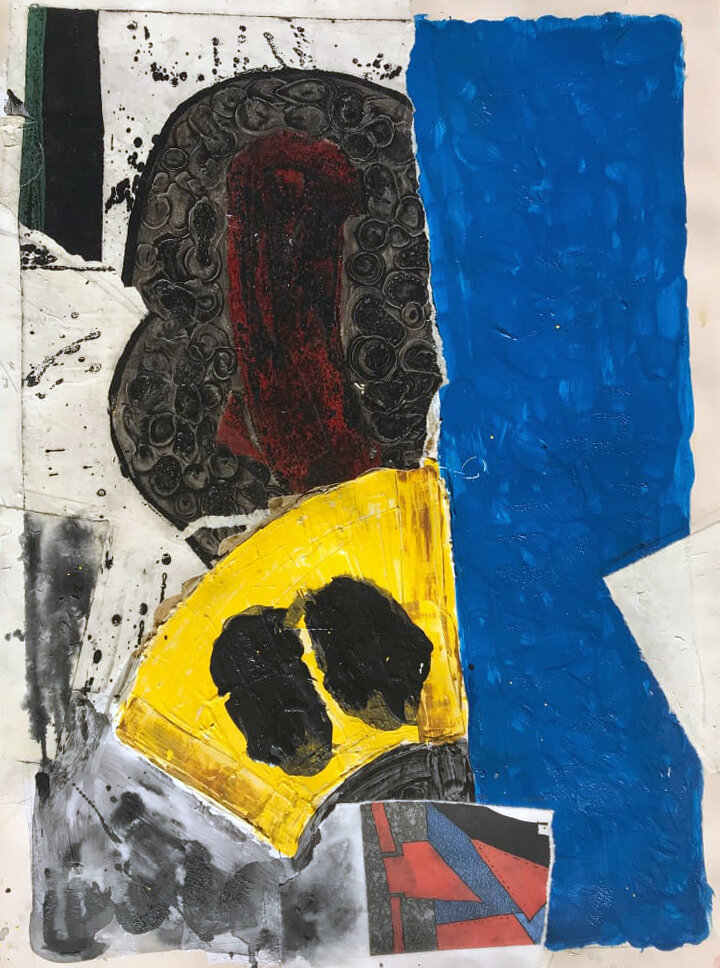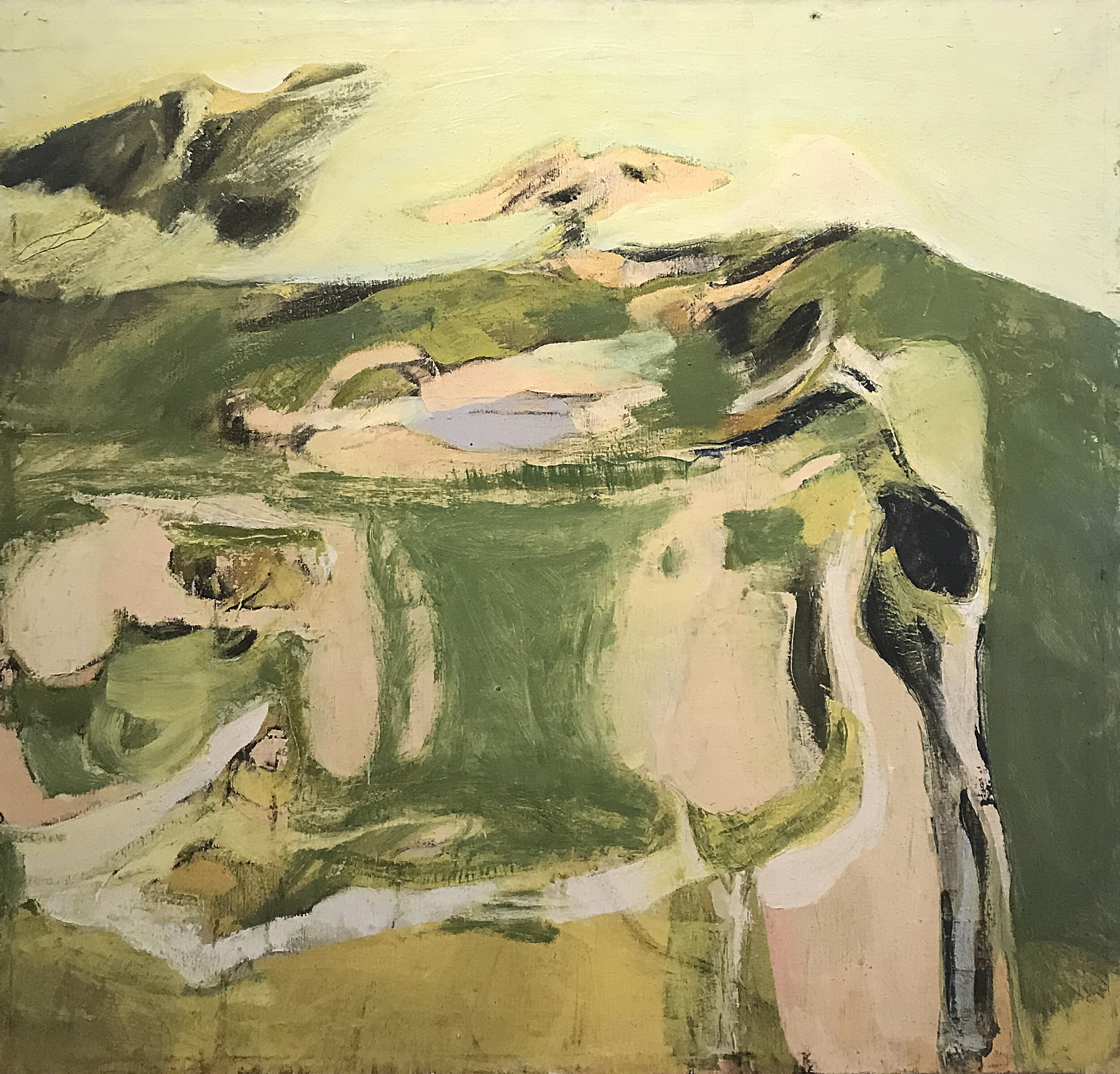EAST WEST ABSTRACTION
Asian American Artists of Post-War California
MARCH 2021
East West Abstraction: Asian American Artists of Post-War California at Modern Art West examines some of the critical abstract work produced during the middle of the twentieth century on the west coast. As the Abstract Expressionism movement developed in New York, San Francisco, and elsewhere in the second half of the 1940s, a group of Asian American artists also began to incorporate elements of traditional Asian aesthetics. This work embraces one of the most resolute American art movements blended with the ancient heritages of China, Japan, Korea, and the Philippines.
Many of these traditions examine profound explorations of visual art’s deep link to nature. From the 1997 groundbreaking exhibition and publication, Asian Traditions Modern Expressions essayist Tseng Yuho writes that “this urge to abstraction was common at the beginning of all ancient civilizations, especially in East Asia where the appearance and essence of nature were at the core of art.[1] As well “centuries of deep-seated philosophical justification and social tradition made it acceptable for Asian artists to represent the natural world through abbreviated stylization.”[2] Yuho further suggests that “metaphoric representation and suggestive symbolism” have been some of the most active ingredients in the exploration of abstraction in these cultures.[3]
The abstract work in this exhibition is generally concerned with the seminal period of the 1950s and 1960s. It includes the contributions of the first-generation Abstract Expressionist painter Emiko Nakano who studied under Clyfford Still, Hassel Smith, and Richard Diebenkorn beginning in 1947 at the California School of Fine Arts (CSFA) in San Francisco. Nakano represented the United States with Ruth Asawa at the 1955 Sao Paulo Biennial, Brazil. It also includes another former CSFA student Filipino American Carlos Villa who is represented by an important large-scale painting from 1959. Villa will have a retrospective at the San Francisco Art Institute (formerly CSFA) and the Asia Art Museum of San Francisco in the next year.
The Japanese American artists George Miyasaki and Matsumi Kanemitsu are noted for their innovative contributions to printmaking and are represented here with several exceptional examples. Miyasaki was further recognized for helping to introduce the modernist master, Willem de Kooning, to the practice of lithography at the University of California Berkeley in 1960.
The work of Chinese American artist Bernice Bing is presented in two rare early abstract paintings that are being exhibited for the first time in several decades. Bing related that “in my abstract imagery, I am attempting to create a new synthesis with a very old world.”[4] The large masterwork from 1959 was originally exhibited at the Mi Chou Gallery on Madison Avenue in NYC in the early 1960s. The Mi Chou (translated as Mi’s Boat) Gallery has been described as the first Chinese art gallery in the United States. The gallery took its name from the influential Song Dynasty calligrapher, painter, and art collector Mi Fu who exhibited some of his collection on a traveling boat.
Exhibition works include paintings, prints, and sculptures of bronze and stone. Additional artists represented are Sung-woo Chun, Tom Ide, Masatoyo Kishi, James Chan Leong, Masayuki Nagare, Win Ng, Arthur Okamura, Masako Takahashi, and Noriko Yamamoto among others.
[1] “Abstraction” in the Traditional Art of East Asia. Tseng Yuho. Asian Traditions – Modern Expressions: Asian American Artists and Abstraction, 1945-1970. Edited by Jeffrey Wechsler. Page 21.
[2] Ibid
[3] “Abstraction” in the Traditional Art of East Asia. Tseng Yuho. Asian Traditions – Modern Expressions: Asian American Artists and Abstraction, 1945-1970. Edited by Jeffrey Wechsler. Page 22.
[4] Caroline Goese, “Bernice Bing,” in Asian Traditions Modern Expressions: Asian American Artists and Abstraction, 1945-1970, ed. Jeffrey Wechsler (New York: Abrams, 1997), Page 149.

